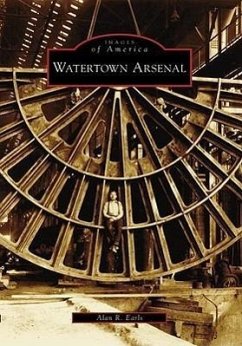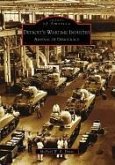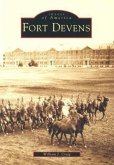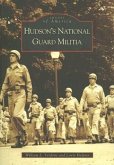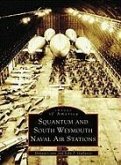In 1988, the U.S. Base Realignment and Closure Commission announced the closure of the Army Materials Technology Laboratory in Watertown, the last remnant of the famous Watertown Arsenal, which served the country from shortly after the War of 1812, through two world wars and much of the Cold War. Known for its contribution to the development of some of the most powerful artillery ever made, including the famed aatomic cannon, a the Watertown Arsenal also earned a reputation in other ways. In the early 1900s, it hosted famous efficiency experts, such as Frederick Winslow Taylor. Later it pioneered important advances in materials science and stood as a vital regional institution that employed generations of people from the Boston area. Along the way it hosted many famous visitors, including Franklin D. Roosevelt and Gen. Douglas MacArthur.

